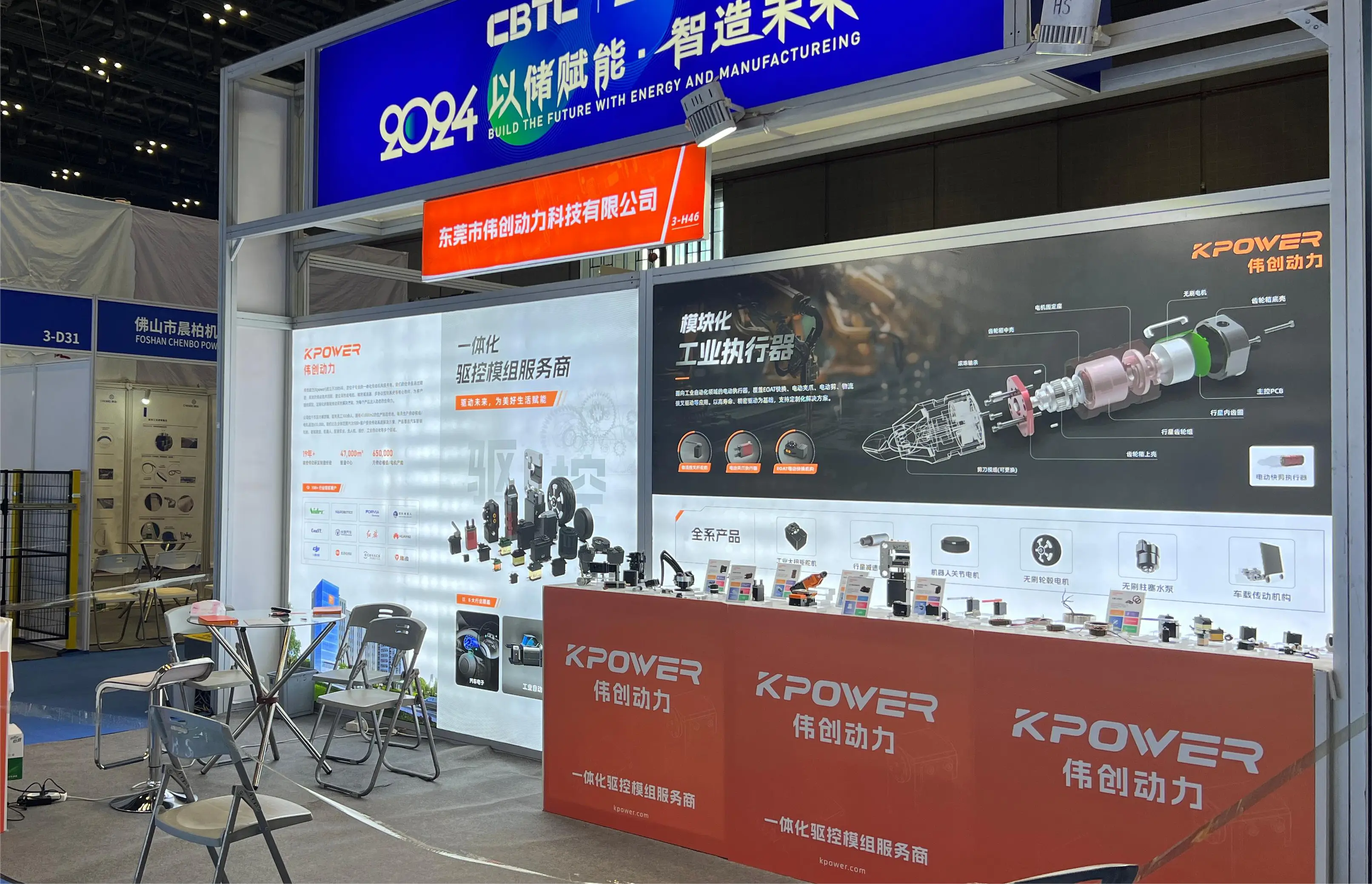In the rapidly advancing realm of industrial automation and robotics, the quest for perfect motion control has always been paramount. Among the technological marvels that have risen to meet this challenge, the servo motor E-drive system stands out as a shining beacon of innovation. It seamlessly blends intricate electronics, advanced motor design, and intelligent control algorithms to craft a symphony of precision movement and efficiency.

Think of a servo motor E-drive as the brain powering a highly responsive, adaptable, and intelligent system that can emulate human-like dexterity or achieve pinpoint accuracy in manufacturing. Unlike traditional motors that simply spin at a constant speed or produce uniform torque, servo motors thrive on precision. Combined with sophisticated drives, they can respond rapidly to changing demands, adjust their behavior on the fly, and deliver consistent performance—no matter how complex the task.
But what exactly makes the servo motor E-drive system so revolutionary? To understand its allure, we must first delve into its core components and how they interact to create this technological synergy.
The Heart of the System: The Servo Motor
At the center of the E-drive system lies the servo motor itself. These motors are designed with high-quality rotors and stators, often made from rare-earth magnets, enabling high torque density and exceptional efficiency. They are typically brushless permanent magnet motors, which means they eliminate the wear and maintenance associated with brushes, offering longer lifespan and reliable operation.
The design of servo motors allows for precise control of position, velocity, and torque. Their high responsiveness is due to their inherent electromagnetic properties, which can be finely tuned via control algorithms. This motor's ability to produce motion with such finesse is what enables applications ranging from robotic arms assembling microchips to large CNC machinery carving intricate sculptures.
The E-Drive: More Than Just a Power Source
The ‘E’ in E-drive signifies the electronic drive that powers and controls the motor. This isn’t just a simple switch; it encompasses a sophisticated electronic controller capable of interpreting commands, coordinating motor responses, and ensuring optimal operational efficiency.
Modern E-drives feature high-performance power electronics, such as inverter modules that convert DC power into precise AC waveforms. These waveforms are tailored dynamically based on real-time feedback, enabling smooth acceleration, deceleration, and seamless positional adjustments. Think of the E-drive as the conductor of an orchestra, harmonizing various signals and parameters to produce a flawless performance.
One of the most compelling advantages of these drives is their ability to incorporate advanced feedback systems—like encoders or resolvers—that constantly monitor the motor’s position and speed, relaying data back to a central controller. This closed-loop feedback is vital for maintaining the ultra-high precision and responsiveness that define servo systems.
Control Algorithms and Software
At the heart of the E-drive system are complex algorithms, often implemented through digital signal processors or microcontrollers, that interpret sensor data and generate control signals. Techniques such as PID (Proportional-Integral-Derivative), vector control, or more advanced methods like direct torque control (DTC) enable the system to respond instantaneously to any variation in load or position commands.
These algorithms ensure the motor maintains its designated trajectory, compensates for external disturbances, and operates with remarkable energy efficiency. The software aspect of E-drive systems is continually evolving, with artificial intelligence-driven adaptive control schemes promising even higher degrees of precision and adaptability in the future.
Applications: From Industry to Innovation
The power and flexibility of servo motor E-drive systems have led to their adoption across diverse sectors. In manufacturing, CNC machines rely heavily on these systems for accurate cuts and assembly line automation—where precision is everything. Robotics, whether for medical applications, automotive assembly, or aerospace, deploy servo drives to enable fluid, lifelike movements.
In the realm of energy, solar trackers use sophisticated servo drives to optimize panel angles, maximizing efficiency by perfectly aligning with the sun’s trajectory. In packaging and printing, these systems provide the rapid, precise movements necessary for high-speed operations.
What makes servo motor E-drive so compelling is not just its current capabilities but its potential to redefine what automation can achieve. As industries demand smarter, faster, and more energy-efficient machines, the evolution of drive systems will continue to push boundaries further. Innovations like wireless control, integrated sensors, and Internet of Things (IoT) connectivity are poised to make these systems even more intelligent and adaptable.
Stay tuned for the second part, where we’ll explore future trends, benefits, and real-world success stories of servo motor E-drive integration—plus some tasty tech insights about how this system might evolve in the coming decades.
Established in 2005, Kpower has been dedicated to a professional compact motion unit manufacturer, headquartered in Dongguan, Guangdong Province, China.




































